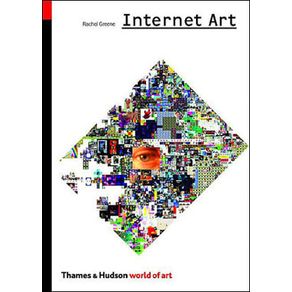When the Internet emerged as a mass global communication network in the mid-1990s, artists immediately recognized the exciting possibilities for creative innovation that came with it. After a century of unprecedented artistic experimentation, individuals and groups were quick to use the new technologies to question and radically redefine the conventions of art, and to tackle some of the most pressing social, political, and ethical issues of the day. Covering email art, Web sites, artist-designed software, and projects that blur the boundaries between art and design, product development, political activism, and communication, Internet Art shows how artists have employed online technologies to engage with the traditions of art history, to create new forms of art, and to move into fields of activity normally beyond the artistic realm. The book investigates the ways Internet art resists and shifts assumptions about authorship, originality, and intellectual property; the social role of the artist; issues of identity, sexuality, economics, and power; and the place of the individual in the virtual, networked age. Throughout, the views of artists, curators, and critics offer an insider's perspective on the subject, while a timeline and glossary provide easy-to-follow guides to the key works, events, and technological developments that have taken art into the twenty-first century.



